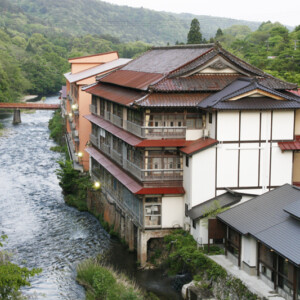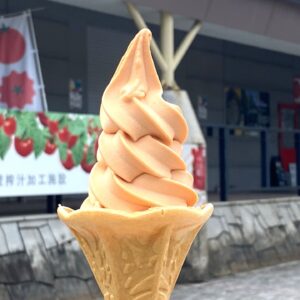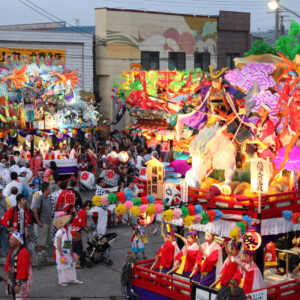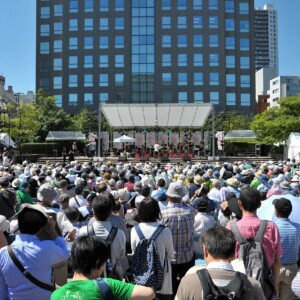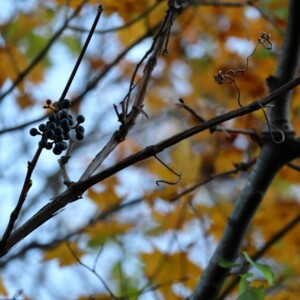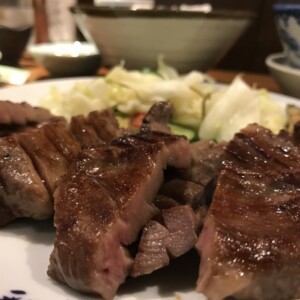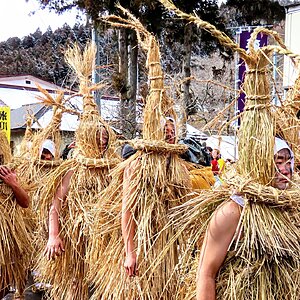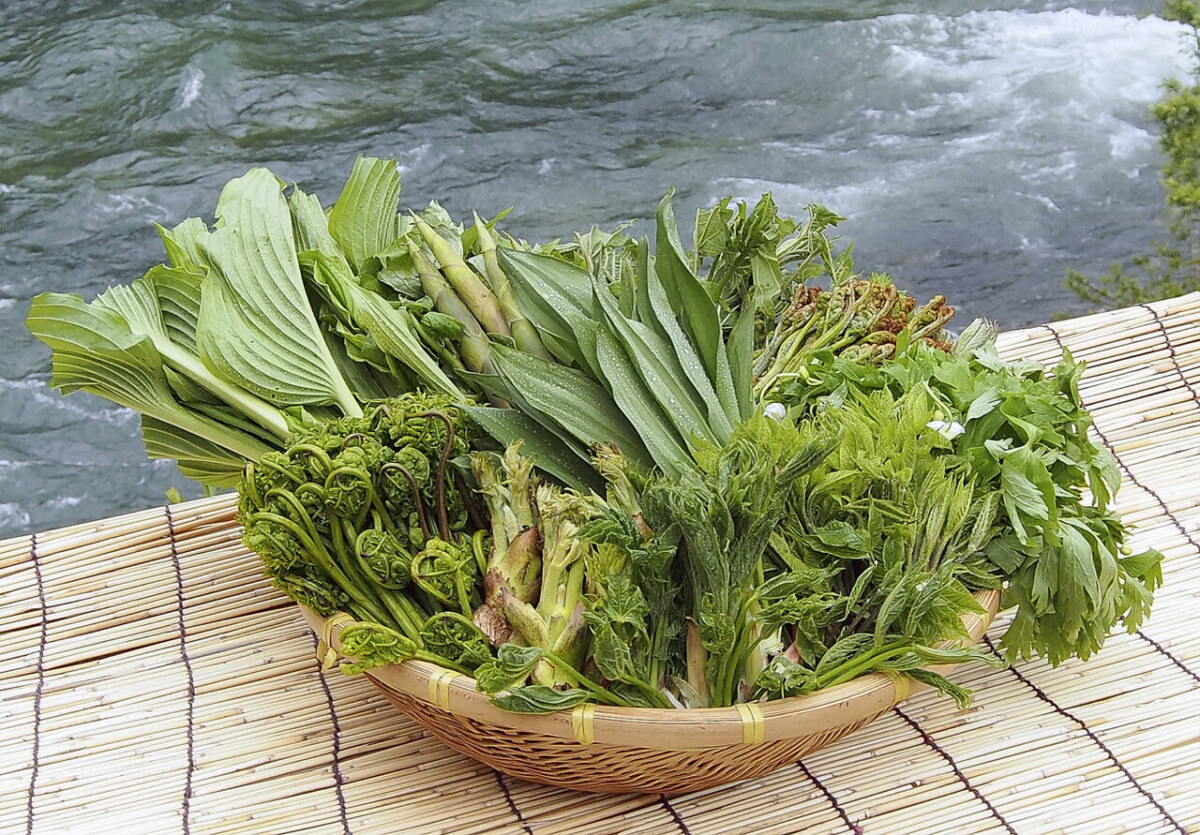
[Yamagata Prefecture] The season has arrived for wild plants and wild plants that can be enjoyed even in early summer, and for the classic grasses that are popular in Yamagata!
table of contents
Many people may think that wild vegetables are a blessing only available in early spring, but in fact, nature's blessings are not limited to early spring
The Tohoku region in particular has many areas that experience heavy snowfall, and even in early summer, snow still remains in the shade, meaning the season for picking wild vegetables is long. Furthermore, there are many varieties that are best picked from early summer through summer
In this article, we will introduce wild vegetables and wild plants that you can still enjoy, as well as how to eat the classic wild plants that are popular in Yamagata
Are wild vegetables from snowy regions especially delicious?

It is no exaggeration to say that Yamagata, a snowy region, is a treasure trove of wild vegetables, with so many varieties available that it is no exaggeration to say that it is a treasure trove of wild vegetables. Wild vegetable corners have been set up in roadside stations and other places throughout Yamagata Prefecture, and they are bustling with people
When you think of wild vegetables, you might imagine them being picked deep in the mountains, but there are actually many types that can be picked in places close to home and are not dangerous. Rare wild vegetables that are difficult to pick yourself can also be purchased at wild vegetable festivals
The reason why wild vegetables from snowy regions are said to be especially delicious is that while they are enduring under the snow, they prepare to sprout, and emerge as soon as the snow melts, so they retain their flavor and moisture and can be harvested in a fresh state
Wild vegetables have an amazing vitality, and it is said that eating them has the excellent effect of helping to expel toxins that have accumulated in the body
Hijiori Onsen Wild Vegetable Food Festival <Information>
- Address: 451-2 Minamiyama, Okura Village, Mogami District, Yamagata Prefecture, 996-0201
- Business hours: 9:00-17:00
- Closed: May to October: Every Tuesday (open on public holidays, closed the following day); November to April: Every Monday and Tuesday (open on public holidays, closed the following day)
- Wild Vegetable Festival Period: Friday, May 19th to Sunday, June 11th, 2023
- For inquiries, please contact Hijiori Ideyukan at 0233-34-6106
【Events during the festival】
Wild vegetable picking experience, hot springs, and wild vegetable lunch
With the guidance of a guide (expert), you can experience picking various wild vegetables around Hijiori, take a bath at Hijiori Ideyukan, and enjoy a wild vegetable lunch made with the wild vegetables you picked!
- Dates and times: Sunday, May 21st and Sunday, May 28th, 9:00-13:00 on both days
- Participation fee: 4,200 yen per person
- Application deadline: 7 days before the event
Hijiori Sansai School
We hold a one-day experiential school specializing in wild vegetables. You will learn how to cook wild vegetables and how to pick wild vegetables (bracken picking) through hands-on experience
- Dates and times: Saturday, May 27th and Saturday, June 3rd, 9:00am-3:00pm on both days
- Participation fee: 7,500 yen per person
- Application deadline: 7 days before the event
Authentic bracken picking experience (bathing and lunch included)
You can go to a bracken farm deep in the mountains and pick lots of bracken to take home. You can also take a bath and have lunch at Hijiori Ideyukan, and enjoy Hijiori's hot springs and wild vegetables
- Dates and times: Thursday, May 25th, Thursday, June 1st, Thursday, June 8th, 9:00-13:00
- Participation fee: 5,500 yen per person
- Application deadline: 7 days before the event
*There is a limit to the number of participants for each event
Google Map
What are some delicious wild vegetables that can be picked in Yamagata in the summer?
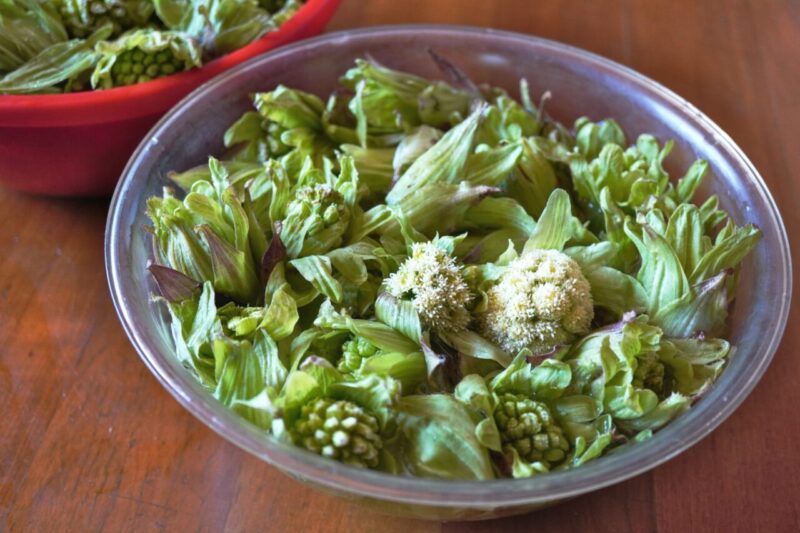
Butterbur shoots, taros, and udo are typical early spring wild vegetables, but bamboo shoots and kogomi reach their peak a little later, around May
Next, bracken and butterbur can be harvested until around June. When there is a large harvest of either, they are salted and used as preserved foods that can be eaten in winter
And now, summer! Here is a list of some of the most delicious wild vegetables that can be enjoyed from early summer
Introducing summer wild vegetables and familiar wild plants
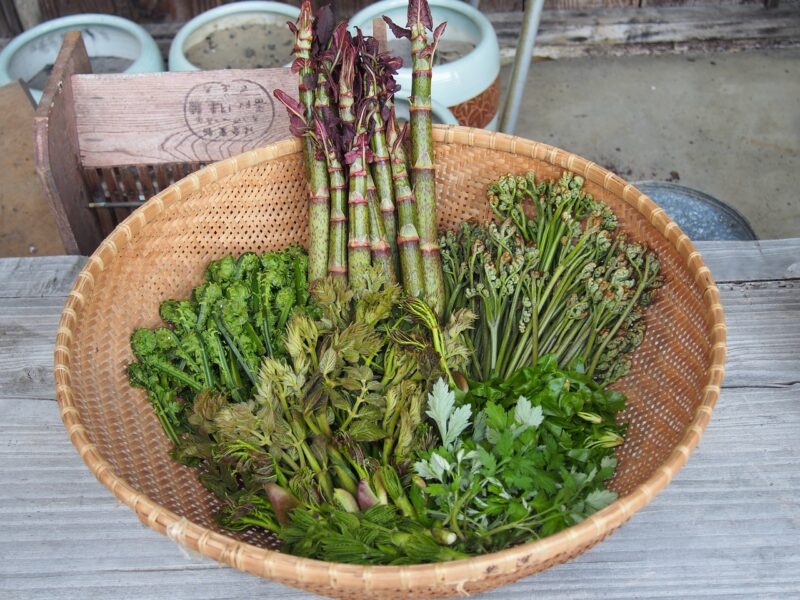
- Uwabamisou (commonly known as Mizu) : Often found growing wild near springs or stream edges. It has a mild, moist, and crunchy texture. It is popular for overnight pickling with ohitashi (boiled greens) or cucumbers.
- Raspberries : Often seen walking through fields and mountain paths. They are appealing for their sweet and sour taste, but when ripe they become even sweeter and more delicious.
- Bayberry : It is sometimes planted in parks and as a roadside tree. You can often see its ripe fruit falling to the asphalt. It can be eaten raw after washing it well, but it is also recommended for making jam and fruit wine.
- Yamaguwa : Unlike mulberries used for sericulture, Yamaguwa fruits grow small and hidden at the base of the leaves. When ripe, they turn almost black and are sweet and delicious, but they can stain your tongue, and if they get on your clothes, they are difficult to remove, so you should be careful.
- Daylily : The same species also has a variety called Daylily. The new shoots in early spring are slightly slimy and delicious when boiled. The dried buds are called "kinshinsai" and are eaten in stews.
- Japanese knotweed : Grows naturally on banks and vacant lots. It is commonly called skanpo. It is sour and gets its name from the popping sound it makes when you pick it. Avoid eating too much of it as it contains oxalic acid.
- Purslane : A TV program featured a question asking, "Do people in Yamagata eat weeds?" Purslane is one of the delicious wild plants. It can be eaten almost all year round, but after summer it becomes more sour and loses its flavor. It can also be dried and used as a preserved food for the winter.
- Kudzu (shoots and flowers) : Kudzu is famous for making kudzu starch from its roots, but the vines at the top of the plant can also be made into tempura, and the wisteria-like flowers can be boiled and eaten in a vinegared dish.
*When collecting any wild vegetables or plants, make sure to do so with someone knowledgeable about them, and avoid uprooting them!
Number 7, purslane, is also known as leopard in Yamagata, and we have introduced it in detail in another article!
summary
Wild vegetables are a springtime delight in the north, but there are also wild vegetables that can be picked from early summer through to midsummer, allowing you to fully enjoy the blessings of nature
We have introduced only a small selection of wild vegetables, from those that everyone knows to familiar wild plants that make you wonder, "Can I eat this too?"
There seem to be many more fun events to enjoy, such as bracken picking, so it might be worth taking part in them
We are sharing in the power of wild vegetables and herbs that have withstood the wind and snow of the northern region. In order to ensure that they can be enjoyed for years and decades to come, it is absolutely forbidden to pick them up by the roots!




!["Mogami safflower" certified as a Japanese heritage and Japanese agricultural heritage [Yamagata Prefecture] Mogami safflower](https://jp.neft.asia/wp-content/uploads/2022/12/30121446_m-1-150x150.jpg)
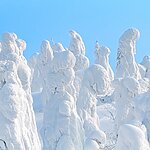
![[Tsuruoka City, Yamagata Prefecture] Tsuruoka's food culture has been passed down for hundreds of years 1470_Zenpoji Temple](https://jp.neft.asia/wp-content/uploads/2023/04/2d6b75e2500adfb8f7b8e6c68a2f7a03-150x150.jpg)
![[Yonezawa City, Yamagata Prefecture] Visit a hot spring connected to the Uesugi family of the Yonezawa Domain 1530_Onogawa Onsen Foot bath](https://jp.neft.asia/wp-content/uploads/2023/05/4ed5d5851f7d92ca3b0ebed3220d6418-150x150.jpg)
![[Yamagata Prefecture] Walking through Tokamachi and Nanokamachi in Yamagata City, where the scent of the Edo period remains Yamagata city from Kasumi Castle Central Observation Room](https://jp.neft.asia/wp-content/uploads/2023/09/26303875_m-150x150.jpg)
![[Yamagata Prefecture] 3 famous waters in Yamagata Prefecture! Yamagata Prefecture is home to blessed water created by snow, mountains, and forests. Yamagata Falls](https://jp.neft.asia/wp-content/uploads/2023/02/9b639100f52e30365f8499a2f4657724-150x150.jpg)
![Has even a wealthy merchant with more wealth than the feudal lord appeared? Sakata's port that was moistened by Kitamae Ship [Yamagata Prefecture] Kitamae boat at Hiyoriyama Park](https://jp.neft.asia/wp-content/uploads/2023/04/4631946_m-150x150.jpg)
![It's so big that the main castle is hazy and you can't see! Yamagata Castle, known as Kasumi Castle [Yamagata Prefecture] Yamagata Castle's main castle, Ichimonji gate](https://jp.neft.asia/wp-content/uploads/2023/08/3261071_m-150x150.jpg)
